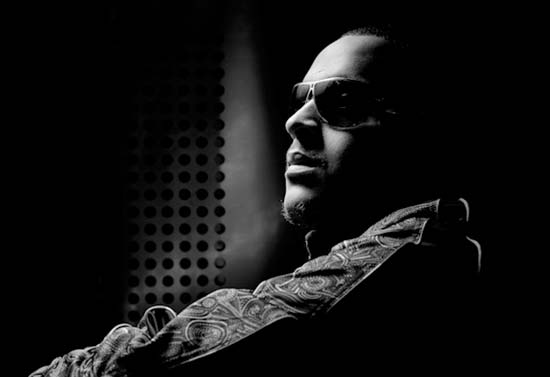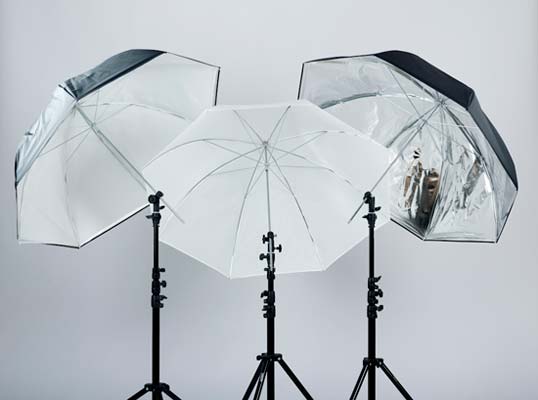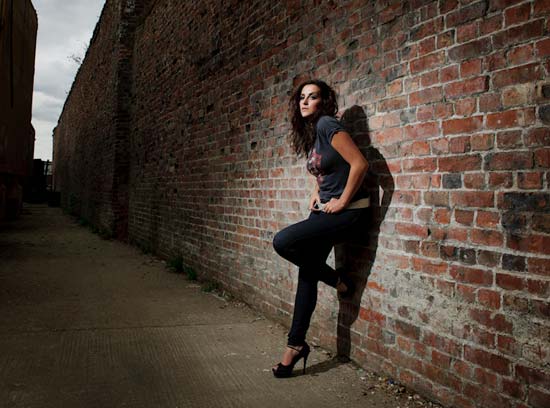
If you think flash always kills atmosphere and leads to horrid stark pictures, you’re missing out on a whole world of stunning photography that flashguns can bring.
Lifting a lifeless portrait, filling in shadows from harsh sunlight or even creating dramatic colourful scenes, getting to grips with flash can transform your photos. And it’s not as hard, or as expensive, as you may think.
If you’re serious about making the most of your camera and don’t mind carrying an extra bit of kit, then by far the best investment you can make in your photography is buy a separate external flashgun – the sort that can be mounted on your hotshoe.
There are loads available, both from your camera manufacturer who will probably offer a whole range of models at various levels of function, power and price, to independent makers. These are often specifically matched to your camera so work pretty much like the proper “dedicated” gun anyway but are often cheaper.

It’s best to look for a gun that can be bounced and swivelled, and has not only fully automatic modes but can be set manually too.
A hotshoe gun typically runs on AA batteries which are cheap to replace and give fast recycle times, especially is you the latest rechargeable batteries. You can even buy external battery packs, too.
A hotshoe gun typically runs on AA batteries which are cheap to replace and give fast recycle times, especially is you the latest rechargeable batteries. You can even buy external battery packs, too.
Using the flash on the hotshoe can give great results, especially if the light it bounced off a wall or ceiling. But the best thing to do is take it off the camera.

When taking photos, what we’re trying to do is make a three-dimensional subject look like a 3-D subject when viewed on a flat piece of paper or computer screen. The easiest way to do this is to get the light source off the axis of the camera lens so it makes some shadows.
To do this, you’ll need to physically get your flash off your camera. The easiest way to do this is mount it to the top of a proper lightstand, although a tripod will work – as will getting a friend to hold the light for you. Ideally the flash should be mounted on a tilting umbrella adapter. This allows you to fit umbrellas or other light modifiers to it, and to tilt the flash to a suitable angle.
Next you have to trigger the flash. If you’re using a dedicated flashgun, you may already have the technology built in to the flash and your camera to make it sync. Many consumer cameras have a pop-up flash which can be used to wirelessly trigger an external flashgun. Not only that, if you do use the manufacturers’ own system, you can continue to use the camera in any of its modes – from manual to aperture priority or even program. And it will work out the exposure for you. A dedicated sync lead will also work, but there’s the additional problems of trailing cables.

If you’re using your camera and flash in an automatic mode, then quite often the flash will just pump out too much or too little light. Your subject may be over or underexposed.
The way to stop this happening is to use your flash exposure compensation which is sometimes set on the flash itself or on the camera’s shooting menu.
If your flash is too bright and your subject overexposed, try setting one stop of underexposure or -1. Then tweak from there to get the right effect.
The way to stop this happening is to use your flash exposure compensation which is sometimes set on the flash itself or on the camera’s shooting menu.
If your flash is too bright and your subject overexposed, try setting one stop of underexposure or -1. Then tweak from there to get the right effect.
This should give a background and subject both correctly exposed


 Friday, February 18, 2011
Friday, February 18, 2011

 Posted in:
Posted in:
0 comments:
Post a Comment